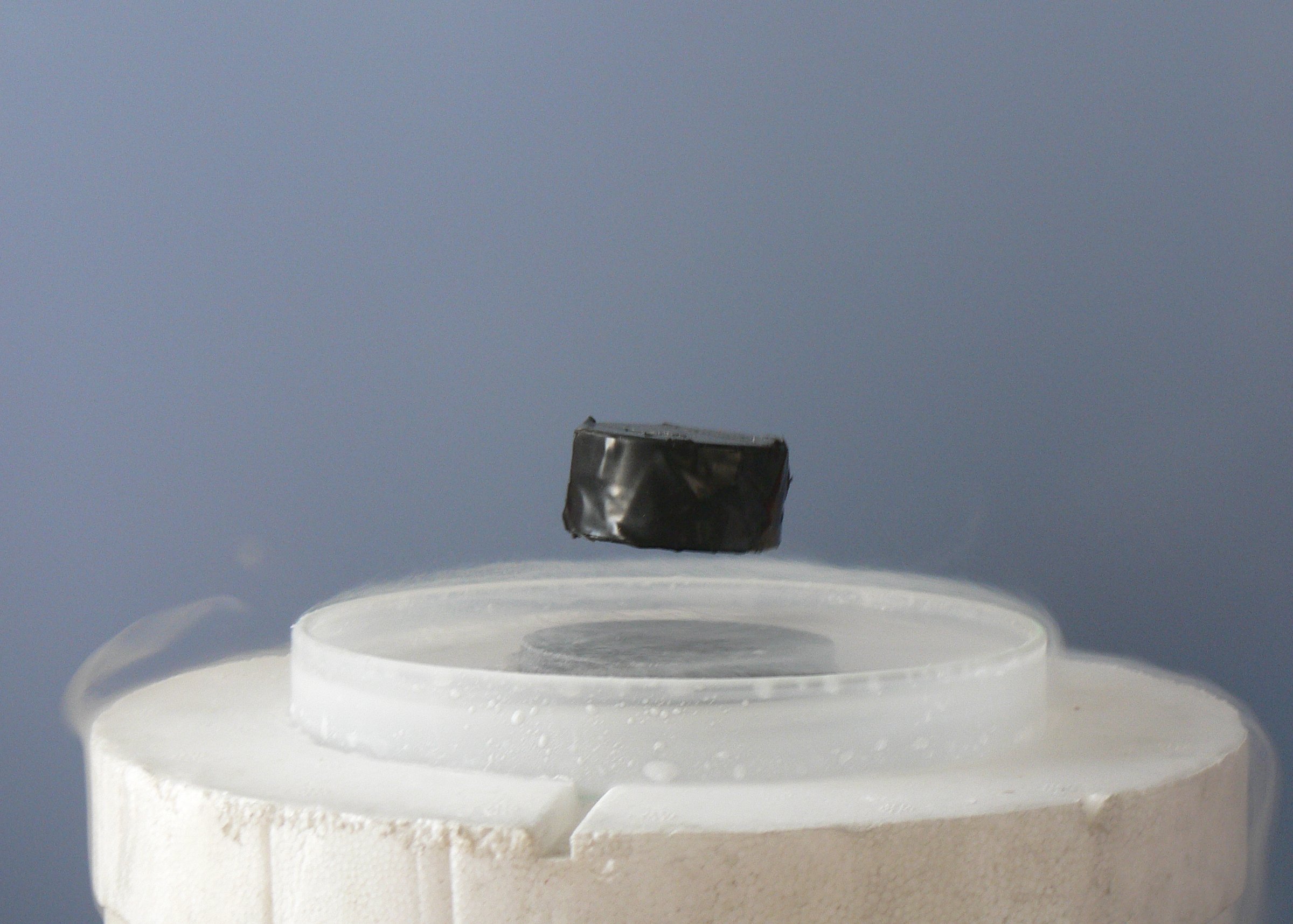
Photo from academic.microsoft.com
This paper presents 70–77 GHz wideband channel characteristics of delay, spatial, and polarimetric domains for small office and entrance hall scenarios. Based on measured multidimensional power spectra of delay, and… Click to show full abstract
This paper presents 70–77 GHz wideband channel characteristics of delay, spatial, and polarimetric domains for small office and entrance hall scenarios. Based on measured multidimensional power spectra of delay, and directions (i.e., azimuth and elevation) of departure and of arrival, multipath clusters were detected using the K-means, threshold-based, and Gaussian-mixture-model clustering algorithms. The spatial positions and directions of clusters, including the first- and last-hop scatterers, are determined using a measurement-based ray tracer method. Our experimental analysis reveals that the composite and cluster-level channel behaviors are considerably dependent on the geometry of environments, the interaction/bouncing order between a wave and objects, the position of transmitter and receiver, the underlying antenna type, and the polarimetric combination. The angular spread of arrival is observed larger than that of departure, and the characteristics for the horizontal polarization are comparable with those for vertical polarization. Our results also manifest the merits of threshold-based clustering algorithm in terms of clusters’ compactness, separation, and exclusiveness. We further find that the identified interaction points exhibit excellent agreement with real physical objects existing in the environment. Based on these results, an indoor stochastic channel model is established not only for the composite parameters and cluster characteristics, but also for the first- and last-hop scatterers’ position, direction, and their dispersive statistics. This model can be used to generate channel realizations of reasonable spatial consistency.
Journal Title: IEEE Transactions on Antennas and Propagation
Year Published: 2018
Link to full text (if available)
Share on Social Media: Sign Up to like & get
recommendations!